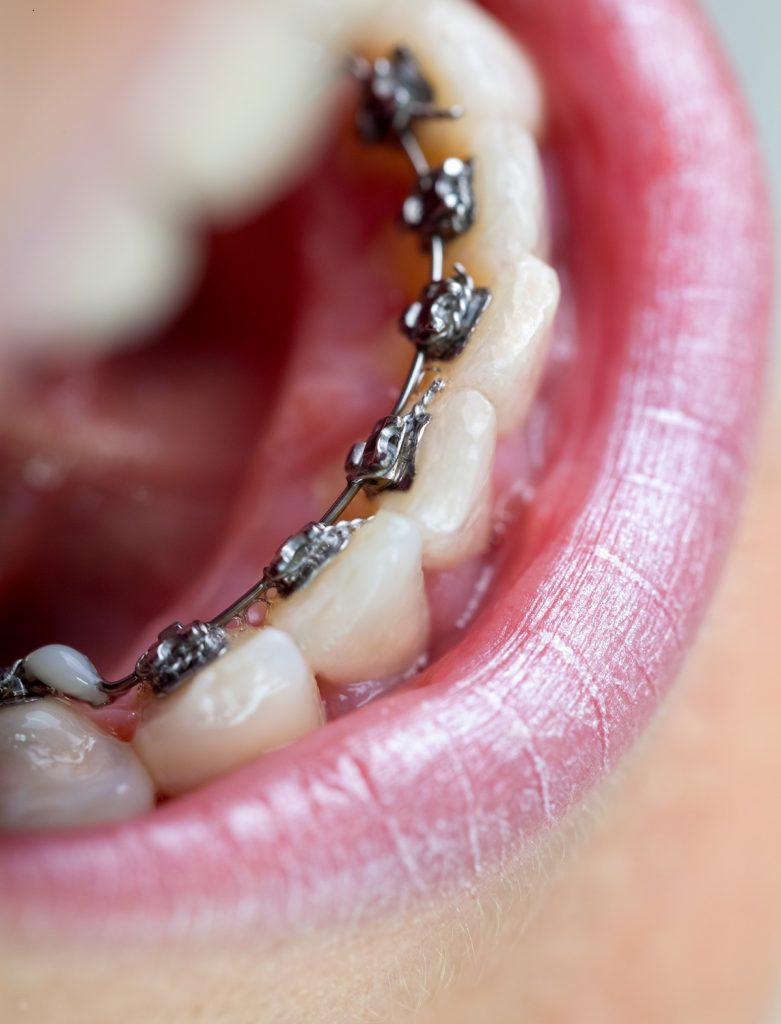When most people think about braces, they usually picture the traditional metal kind that sit on the front of the teeth – and which are very obvious when the wearer smiles or talks. Incognito braces are a popular alternative to this, with many choosing to have their teeth straightened using this technology.
This kind of orthodontic treatment is also known is lingual braces. Lingual braces work in the same way as the more traditional ones in that they use metal to pull the teeth into a more favourable position. However, they have one crucial difference to the standard braces in that they are positioned behind the teeth. This means that they cannot be seen, and as such, only the patient is aware of their existence.
The fact that these braces are not visible to the outside world makes them an especially popular option for those who feel a little self-conscious about their treatment. People who are getting their teeth fixed as adults often want to avoid telling the world about it; and also wish to maintain their confidence when it comes to their careers, social and personal lives.
Is it possible to be too old for lingual braces?
Many people mistakenly believe that if they have not had the opportunity to have their teeth improved as children or young people, then it is too late to do anything later in life. Although the ideal time to get any kind of braces is in childhood or adolescence, it is also possible to get great results from orthodontic treatment as an adult. Incognito braces are often chosen by adults because they are so discrete.
Is getting incognito braces fitted a really complicated process?

Getting braces fitted behind the teeth is not much different from getting the more traditional braces. Because the technology used has been well developed, incognito braces can usually be fitted with a minimum of fuss. In many cases, this can be done in only two appointments with the dentist or orthodontist.
What happens during the fitting?
At the first appointment, the dentist will ask the patient to bite into a mould. Doing this allows the dentist to have a clear view of how all the teeth are aligned. This mould is then used to create tailor made brackets for each tooth. The brackets are kept in the right shape by setting them in wax.
During the second appointment, the dentist puts cement on the back of the teeth and the brackets are placed within it. Arch wire is then fixed behind the teeth, and this does the job of pulling the teeth into the desired position.
Do incognito braces hurt?
For some people, there is a little discomfort in the first few days after the braces have been fitted – but this usually eases quite quickly. It’s possible to eat normally provided a little caution is applied – like avoiding really hard foods, chewing gum and fizzy drinks.
The best way to find out if this kind of braces is the right option is to see the dentist – who can advise on what is right for the individual and on what kind of results can be expected.

